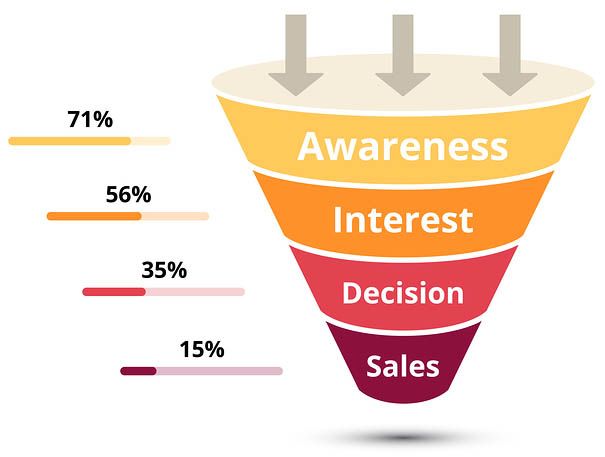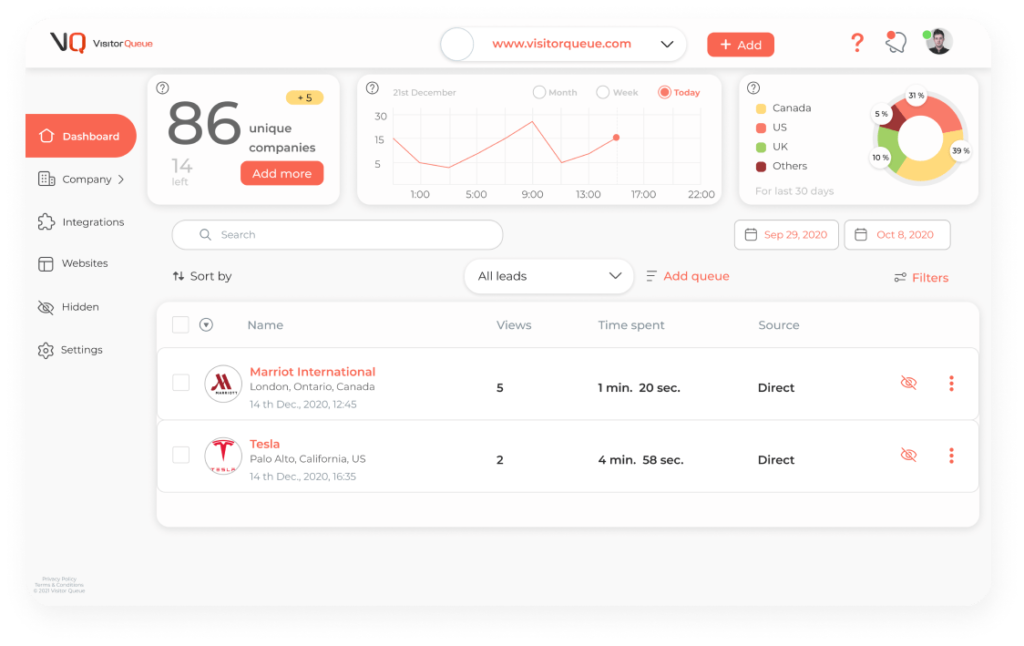Managing a marketing budget is one of the most important tasks for B2B teams. It’s also one of the easiest to get wrong. With long sales cycles, multiple decision-makers, and niche audiences, B2B marketing requires precision. Every dollar needs to show impact, ideally tied to pipeline, revenue, or strategic goals. In this article, we’ll walk through how to create, monitor, and adjust a B2B marketing budget that performs.
Begin With Your Business Goals
A common mistake many B2B marketing teams make is starting with channels or tactics, like “we need to spend more on LinkedIn” or “we should launch a podcast”, rather than aligning with overarching business goals. The foundation of any solid marketing budget is clarity around what the business is trying to achieve in the next 12 to 18 months. Are you expanding into new verticals? Supporting a product launch? Trying to shorten the sales cycle? Each of these priorities will have different implications for how your budget should be structured.
Know the Difference Between Fixed and Flexible Costs
One of the most practical ways to bring control to your marketing budget is by categorizing expenses into fixed and flexible costs. Fixed costs, such as software licenses, long-term vendor retainers, or recurring sponsorships, represent the foundational infrastructure of your marketing operations. These typically can’t be reduced or adjusted quickly. Flexible costs, by contrast, include items like paid media, freelance projects, or content production. These are more fluid and give you room to test, pause, or scale based on performance. Knowing what’s fixed and what’s flexible gives you the confidence to pivot without destabilizing your entire plan.
Prioritize the Funnel Stages That Matter Most
Not every stage of the buyer journey needs equal investment. A company with low brand awareness will benefit from campaigns that increase visibility, like podcast sponsorships, thought leadership content, or SEO. But a company that’s generating thousands of leads and only converting a small percentage should focus on bottom-of-funnel strategies like webinars, lead nurturing, and personalized sales outreach.
Let’s say your company is doing well with inbound lead generation, but marketing-qualified leads aren’t converting into opportunities. That’s a strong indicator that your budget may be too heavily weighted toward awareness, and not enough toward qualification or enablement. In this case, moving budget from top-of-funnel media into deeper nurture tracks, industry-specific landing pages, or account-based marketing might yield better results.

Attribution Models
Attribution in B2B marketing will never be perfect. Deals often take months to close, with multiple touchpoints influencing the decision, webinars, case studies, peer referrals, ads, emails, and more. But that doesn’t mean attribution should be ignored. Instead, it should be treated as a directional guide. Choose an attribution model, first-touch, last-touch, linear, or custom, and apply it consistently. For example, you may find that first-touch attribution favors SEO and content, while last-touch attributes value to outbound campaigns or remarketing. Both are useful, but together they offer a more complete picture.
Leave Room for Expertiments
It’s tempting to allocate your entire marketing budget toward tactics you know will work. But leaving no room for experimentation stifles growth. Every high-performing tactic you have today started as a test. Building a strong B2B marketing budget means setting aside a percentage, typically about 5%, for new ideas. Otherwise, you may not find new strategies that work even better than your current strategies.
Stay Connected With Sales and Finance
Your budget lives in marketing, but it affects other teams, especially sales and finance. Check in regularly. Sales can flag gaps in lead quality or content needs. Finance helps track spend pacing and forecasts. When these teams are aligned, marketing becomes more agile and accountable. Think of your budget not just as a marketing tool, but as a shared resource to hit revenue goals.
Review your Budget Quarterly
Annual planning gives structure, but B2B conditions change too quickly for a static plan. Quarterly budget reviews allow you to respond to new opportunities or drop underperforming tactics. If your paid campaign is stalling but webinars are crushing it, you should be able to move dollars accordingly. Try to build flexibility into your system, since a quarterly budget can help you act faster without throwing your yearly strategy into the garbage.
Account for Hidden Costs
Your budget might look airtight on paper, but what about the extras? Data enrichment tools, content revisions, shipping costs, or travel expenses can all sneak in. And let’s not forget internal time, especially when teams are stretched thin. Build in a buffer to handle the unexpected. It’ll save you from scrambling (or overspending) later.
Invest in Tools That Measure Performance
Without clear visibility into what’s working, you’re essentially making decisions in the dark. Marketing teams need to ensure their CRM, paid media platforms, email marketing tools, and analytics systems are integrated and communicating in real-time. This goes beyond simply tracking clicks or impressions, it’s about understanding how each campaign contributes to pipeline growth, sales velocity, and customer acquisition cost. For example, if your paid LinkedIn ads are generating a high click-through rate but none of those leads are converting through your CRM, you need to know that before reallocating more budget there.

Watch for Diminishing Returns
In marketing, more budget doesn’t always equal more results. There’s often a point at which additional investment begins to produce lower returns. This can happen when an audience becomes oversaturated, your cost-per-click rises, or content starts to blend into the noise. Imagine putting $10,000 into a highly targeted email nurture campaign that results in strong lead-to-opportunity conversion. Scaling that same campaign to $100,000 without increasing list size or diversifying content will likely result in fatigue and falling ROI. Knowing when and where diminishing returns start to appear requires close monitoring of marginal gains.
Be Ready to Say No
Marketing budgets are often strained not by lack of resources, but by too many competing priorities. Requests can come from every direction, your sales team wants another email campaign, a partner requests co-branded content, or an executive pushes for a last-minute trade show sponsorship. While every request might seem valid on its own, collectively they can derail your strategy. A marketer should understand that saying “yes” to one thing usually means saying “no” to another. If a request doesn’t support core business goals, like generating pipeline, increasing brand awareness among key accounts, or expanding customer retention it needs to be evaluated critically.
Balance Short-Term and Long-Term Strategies
Managing a marketing budget isn’t just about spending wisely, it’s also about timing. A healthy strategy balances efforts that produce immediate results with those that build long-term equity. Short-term initiatives like paid ads, sponsored webinars, or account-based outreach can quickly drive MQLs. These are critical when trying to hit quarterly targets or support product launches. However, B2B companies that invest only in short-term wins risk burning out their channels and plateauing growth. Long-term investments, like SEO, brand development, and thought leadership, take time to mature but can significantly lower your cost-per-lead over time and build credibility in your industry.
Analyze Your Website Metrics Deeper Understanding
At Visitor Queue, we help B2B marketers take control of one of their most underutilized assets: their website traffic. Our platform reveals which companies are visiting your site, giving you the insight to focus budget and outreach on the accounts that are already showing interest. When you know who’s engaging, you can make smarter decisions across every marketing channel, from advertising to email to sales enablement. Try Visitor Queue for free today and stop losing leads.

What’s Next?
Building and managing a B2B marketing budget can feel overwhelming. But, it doesn’t have to be. With a clear understanding of your goals, the discipline to prioritize what matters, and the tools to measure performance, your budget becomes a lever for growth and not limitation. As always, if you have any questions about using Visitor Queue to identify your website visitors, do not hesitate to reach out.
 Identify
Identify Personalize
Personalize Benchmark
Benchmark Agencies
Agencies Integrations
Integrations Case Studies
Case Studies Use Cases
Use Cases Blog
Blog Resources
Resources









